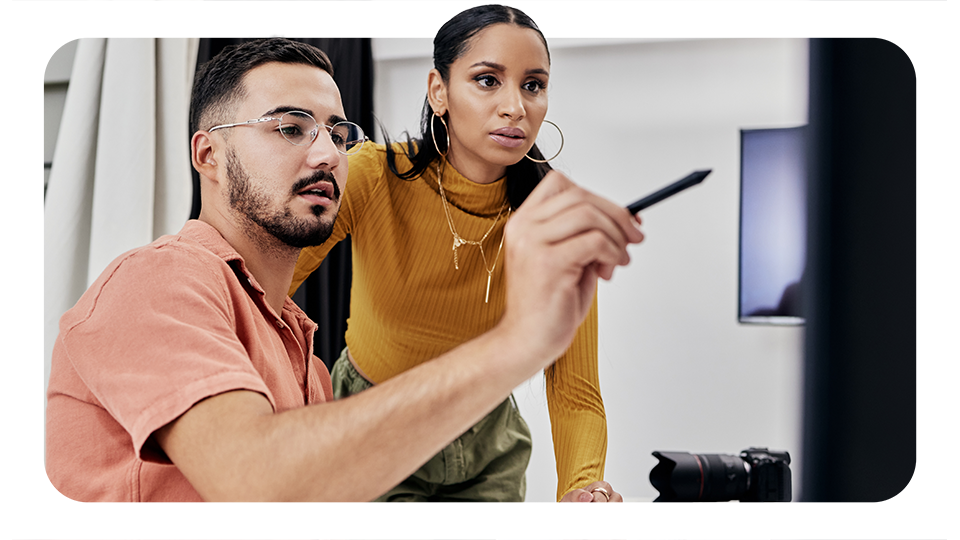How to Use Learner Insights to Improve Your Course

In the context of any changes in the world of education, it will always be the one constant: understanding your learners. Be it online course design, workshop facilitation, or classroom teaching, it is the information gained from the learners insights that will help push your course all the way. Just what insights are they and how can they change your course altogether? Let us plunge into insight learning, investigate learning by insight, and understand strategies actionable methods of making your training far more effective, interesting, and impactful.
What is Insight Learning?
Fundamentally, insight learning is the process of providing new understanding and applying knowledge to facilitate a sudden meaningful realization. It is the "aha!" moment when a person realizes how everything fits together. In other words, learning by insight or learner reports is result-oriented, unlike rote memorization, which focuses on mostly drilling desired responses into a learner's memory. Insight learning involves a conscious understanding of the process or problem-solving ability and the ability to connect different ideas.
Imagine a student tackling a complicated math problem; instead of just memorizing formulas, they see the underlying concept for the first time, and from then on, things flow easily. That is insight learning in action.
In terms of course design, insight training should gather information about the learner, their thinking, difficulties, and motivators. Those learning insights can then improve the content, delivery, and overall learning experience for students.

Why Learner Insights Matter
Consider learner insights to be your secret weapon. Through these insights, you can:
- Personalize Learning: Make any aspect of your course fit for the unique needs of your audience.
- Boost Engagement: Create content that resonates, keeping the learner on task and inspired.
- Improve Outcomes: Close learning gaps and ensure knowledge retention.
- Make Connections: Humanize the learning environment to be sure it feels connected and interactive.
Absent these insights, it feels as if you are teaching in the dark. With them, the road to success opens up for every learner.
How to Gather Learner Insights
So how do we dig down and unearth these golden nuggets? Here are some feasible methods to be used:
1. Surveys and Feedback Forms
Ask your students directly! Use surveys to gather feedback about your course content, delivery, and pacing. Consider asking questions like, "What was the most difficult aspect of this topic?" or, "What topic would you like to know more about?" Such questions can yield a wealth of knowledge on the learners insights.
2. Analytics and Data Tracking
Leverage technology for tracking learners' behaviors. Learning management systems provide data on completion rates, quiz scores, and time spent on each module, among other metrics. Thus, these metrics provide a first look at learners' strengths and weaknesses.
3. Interactive Assessment
Include quizzes, polls, and interactive exercises in your course. Besides engaging with learners, these also provide real-time feedback on their understanding.
4. Social Learning and Discussions
Encourage learners to share their input in the forums or discussions. This collaborative approach often lets one identify common pain points and areas of interest.
Example of Learning Insights in Action
Let's say you're teaching a course on digital marketing. Based on learner feedback analysis, you discover that students face multiple challenges in grasping Search Engine Optimization (SEO) concepts. Upon this insight, you can now:
Revise content: Dismantle the SEO concepts into easy-to-digest little concepts.
Add examples: Utilization of learning insights, such as the real-time analysis of successful SEO campaigns, for clearer comprehension.
Provide Support: Provisions for such items as index cards and explanatory videos.
Addressing the challenge not only makes comprehension easy but also builds learner confidence and satisfaction.
Type of Learner Data
Types of data that teachers might gather in order to enhance their courses include a variety of standard engagements:
Engagement Metrics: These measure active participation by students in activities conducted during a course, including attendance, discussions, and assignment completions. There are platforms like Brightspace Learning Analytics, which help them monitor those metrics rather effectively.
Performance Statistics: This encompasses teachers analyzing students' grades, examination-wining, and project outputs to find which areas their students excel in and which ones need supplementary attention.
Feedback: Collecting student feedback from either surveys or discussions provides insight into perceptions of the course content and delivery. Such a piece of qualitative data may be slightly different from the quantitative metrics.
Turning Insights into Action
Collecting data might be the start, but the true fun lies in using these insights to improve your courses, which is done as follows:
1. Changing Your Content
Learner insight will unveil gaps to be dealt with and helped in appropriate updating of material in a course: if a topic keeps students confused for whatever reasons, it would be useful to rewrite that topic and possibly add more examples.
2. Facilitating Engagement
Include interactive elements such as videos, quizzes, and gamification; besides making learning fun, such techniques reinforce major concepts as well.
3. Personalize The Experience
Offer recommendations based on each learner's performance; for example, suggest further readings for those struggling or extension modules for quick learners.
4. Iterate And Improve
Learning must be a flexible process. Continuously collect feedback and improve, so the course remains relevant and effective.
Ready to Transform Your Learning Experience?
Transforming your learning management Today!
Schedule Your Demo NowThe Human Touch: Making Learning Relatable
Don't ignore the human side of data and analytics. Learning is very personal, and your course should reflect that. Share stories, surf the rough waves of challenges, and applaud successes. When learners feel that they've been noticed and understood, they will probably maintain motivation and engagement.
Final Thoughts: The Power of Insight Learning
In the end, insight learning isn’t just about understanding your learners—it’s about empowering them. By harnessing learning insights, you can create a course that’s not only informative but also transformative.
So, the next time you sit down to design or update your course, ask yourself: What do my learners truly need? How can I make this experience better for them? The answers lie in the insights you gather and the actions you take.
Remember, great teaching isn’t just about sharing knowledge—it’s about sparking those “aha!” moments that light the way to lifelong learning
